The (Dis)Abled Embodied Experience for Autistic Children in Online Spaces
Preview: Play is an important part of childhood that is often inaccessible for children with disabilities. This work looks at how Autcraft, an online community for autistic children, uses different social media and games platforms to enable access to social play. First, the spaces the Autcraft community uses make the place that is Autcraft possible. Second, these spaces, though some of them are digital, are no more or less “real” than the physical spaces making up a schoolyard or playground.
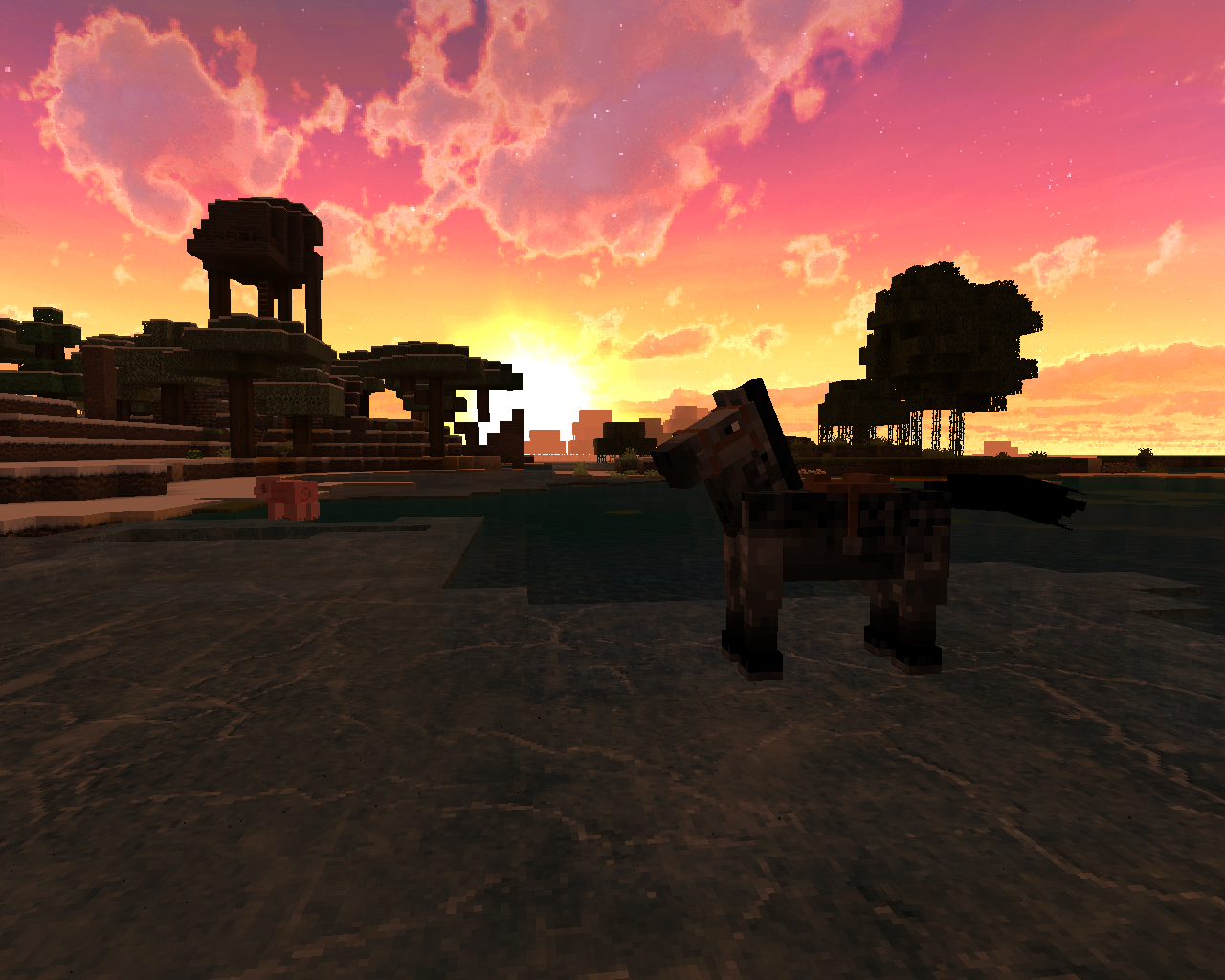
Importance of Play
Social play is an important part of childhood. It is how children develop and practice their social skills. Children engage in a wide range of playful practice roles and test the boundaries of social rules. These playful interactions are vital not only for children to grow into competent, functioning adults, but also to discover who they are and what kind of adults they want to become.
Disabilities and Access to Play
Disability is created when a person is trying to interact with the world and are not accommodated by their environment. An example of this would be a child who wants to play on a playground, but they cannot roll their wheelchair into the space. Access and disability are inextricably linked. Access, in general, is not a given experience for any single individual. Disability is created in the moment that access is faulty or denied to a person. What this means is that disability is not created within a person.
Because a person’s body and their environment are constantly changing, disability is not happening all the time, but rather, a person is disabled by the context with which they are trying to engage. As disability scholar Tanya Titchkosky states, “While we all have bodies — bodies that we act, sense, feel, or move in and through — only some bodies, only some of the time and only in some places, are understood as disabled ones.” Access, therefore, is dynamic and ever shifting.
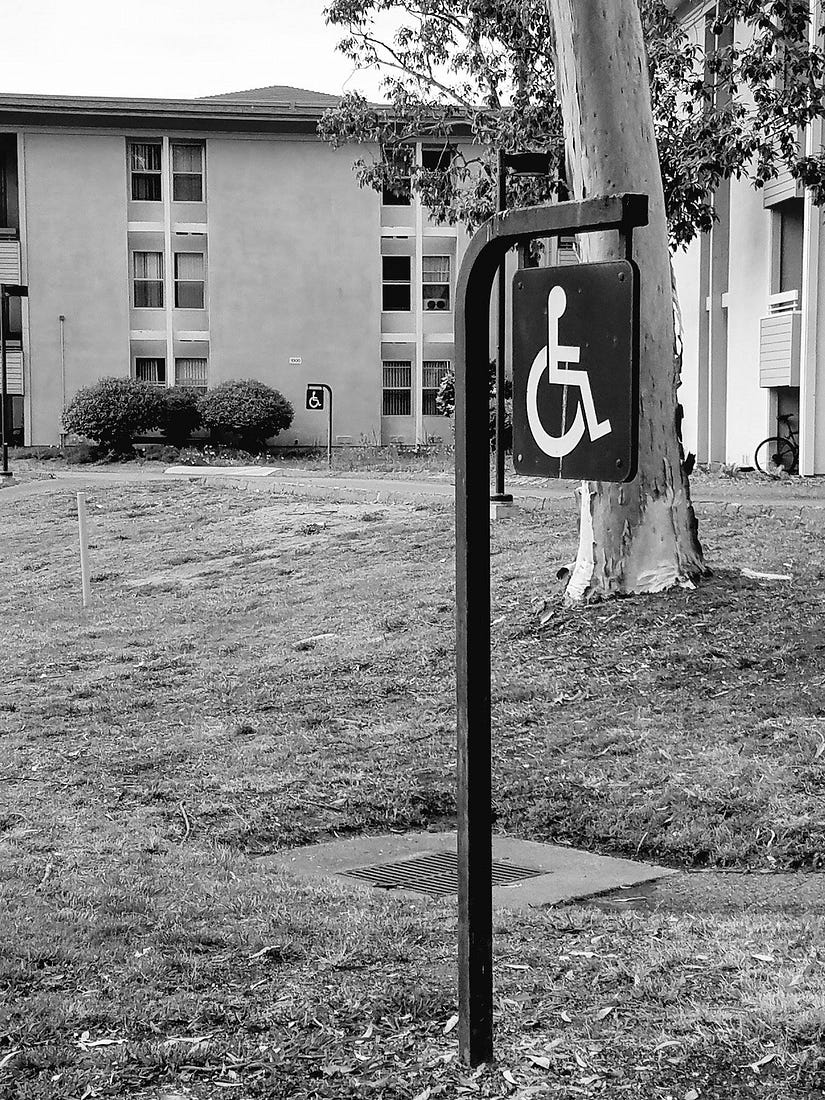
For children with disabilities, including autistic children, access to play is often limited or of low quality. One way to help autistic children gain access to play and socialization is through online spaces, such as social media, games, and virtual worlds. This paper extends previous work in this area, by exploring the disabled experience and how that affects access to play.
Access is really only noticeable when it is not available and creates disability. The disabled body becomes the oppressed body, when they are denied access (advertently or inadvertently), not only in a social sense, but also in a literal, physical sense. Children who do not conform to “normal” and “normal play,” then, are not invited to the game. This is done both literally and through the making play objects that a disabled child cannot use.
Among other activities, individuals with disabilities use online spaces to socialize — empowering themselves to do what they may not be able to in the physical world. Online spaces have different ways of creating access from physical spaces. In this ethnographic work, I explore how one community uses the sense of place and the digital experience in Minecraft specifically to give autistic children access to play with their peers. In this sense, they are using Minecraft to mediate their play experience, just like a physical world playground mediates another kind of play experience. One type of mediated experience is not better (or less mediated) than another. Rather, these experiences, from face-to-face to text to avatars on a computer screen, are diverse kinds of experiences. Simply put, playing in Minecraft with friends is still social play, even though it might look different from playing in a physical playground.
For this work, I studied Autcraft. Autcraft is a Minecraft community for children with autism and their allies run by parent volunteers. The goal of the Autcraft community is to have a safe space for children with autism to play Minecraft free from harassment and bullying (for more information visit the Autcraft website). As part of this study, I have been conducting an on-going ethnography within the community (see my paper for details). This study included analysis of activity within the Minecraft server, forums, website, Twitter, Facebook group, YouTube, and Twitch.
The Different “Spaces” of Autcraft
In this work, I found the Autcraft community actively creates access to social play using a variety of social media and other technology. By looking at the entire constellation of social media in the Autcraft ecosystem, we can understand how community members are engaging in a variety of social play experiences.
Access to the Autcraft community happens through three layers of interconnected environments: physical, liminal, and virtual. The physical space includes computer hardware and the environment in which players access the computer. This would be things like a bedroom, home office, or computer lab in the library. The liminal space includes the installation and configuration of the software, as well as user authentication. Finally, the virtual space includes the various social media.
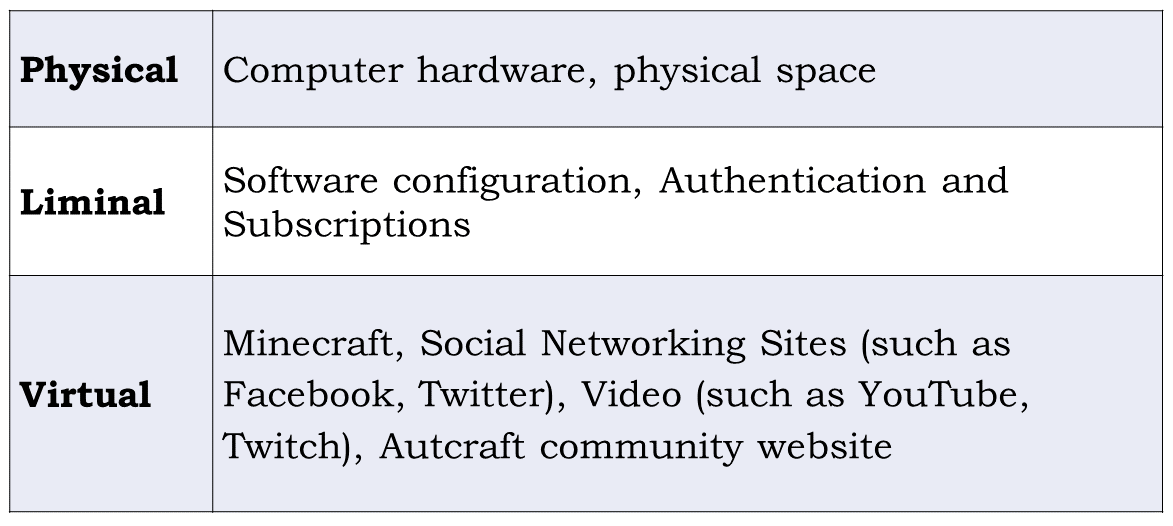
When combined, these spaces allow play to happen because the children have access to play in a context in which they “fit.” When educators, therapists, parents, and researchers privilege face-to-face interactions, they are, in effect, creating disability in children who cannot or will not play in that way. In the Autcraft community, members can recreate the playground in an environment that is more comfortable for them. Community members leverage technology to create a playground where children are most able to play. And, having done this, autistic children engage in social play of which people thought them incapable.
The Autcraft community has used a constellation of platforms to enable social play for autistic children. Here the Autcraft community is using the constellation of technological platforms to help create the sense of place. These platforms cross into physical, liminal, and virtual spaces, working together to create access to play. Here the Autcraft community have leveraged virtual worlds to their advantage — in essence, transforming the disabled play experience into an enabled one.
How someone interacts with others is meaningful, regardless whether that interaction is online or offline. For the autistic children of Autcraft, playing in online spaces is preferable to physical-world, face-to-face interactions. The Autcraft community has defied the conventions set out by many educators, parents, researchers, and therapists by creating a space that privileges digital engagements over physical-world ones. In doing so, they have made a playground that is more comfortable for many autistic children.
Children need a place to play. There are two things to consider: creating a sense of place and allowing for both the real and unreal in these places. Therapists, educators, parents, and researchers tend to privilege the physical realm over all others for mediating sociality. Members of the Autcraft community turn this notion on its head, instead privileging virtual interactions over physical ones. But further still, I have shown how all these spaces — physical, liminal, and virtual — must work together to make play possible. The spaces the Autcraft community uses make the place that is Autcraft possible. These spaces, though some of them are digital, are no more or less “real” than the physical spaces making up a schoolyard or playground. Ultimately, it the sense of place in Autcraft that gives children access to social play.
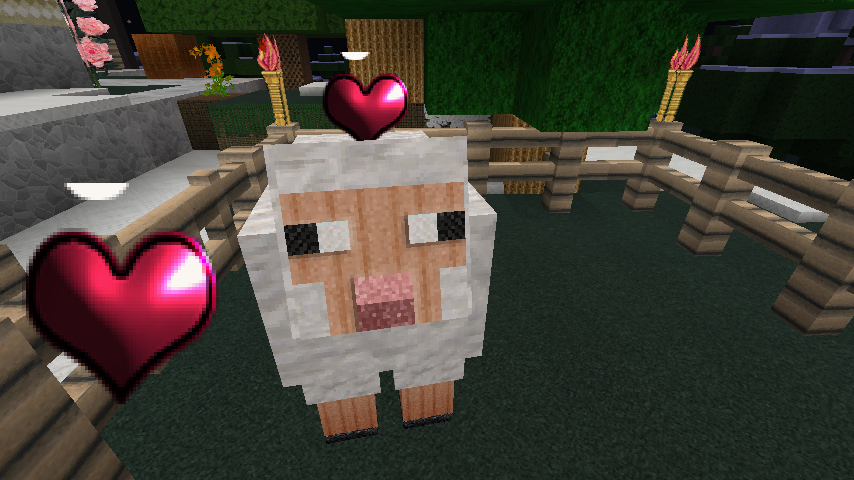
For more details about my methods and findings, please see my paper that has been accepted to CHI 2019 (to appear in May 2019). I am pleased to announce that this has received Honorable Mention (top 20% of all papers) Full citation and link to the pdf:
Kathryn E. Ringland. 2019. A Place to Play: The (Dis)Abled Embodied Experience for Autistic Children in Online Spaces. In CHI 2019. [PDF]
Acknowledgements
I thank the members of Autcraft for the warm welcome to their community. Thank you to Chris Wolf, LouAnne Boyd, and Oliver Haimson and other members of LUCI for their feedback on various iterations of this work. Special thanks to Severn Ringland for his diligent editing and Kyle Lee for insights while writing this up. Shout out to my dissertation committee who helped me shape my thoughts: Gillian Hayes, Tom Boellstorff, Mimi Ito, and Aaron Trammell. I would also like to thank Robert and Barbara Kleist for their support, as well as the ARCS Foundation. This work is supported by the National Institute of Mental Health (T32MH115882). The content is solely the responsibility of the authors and does not necessarily represent the official views of the NIH. This work is covered by human subjects protocol #2014–1079 at the University of California, Irvine.
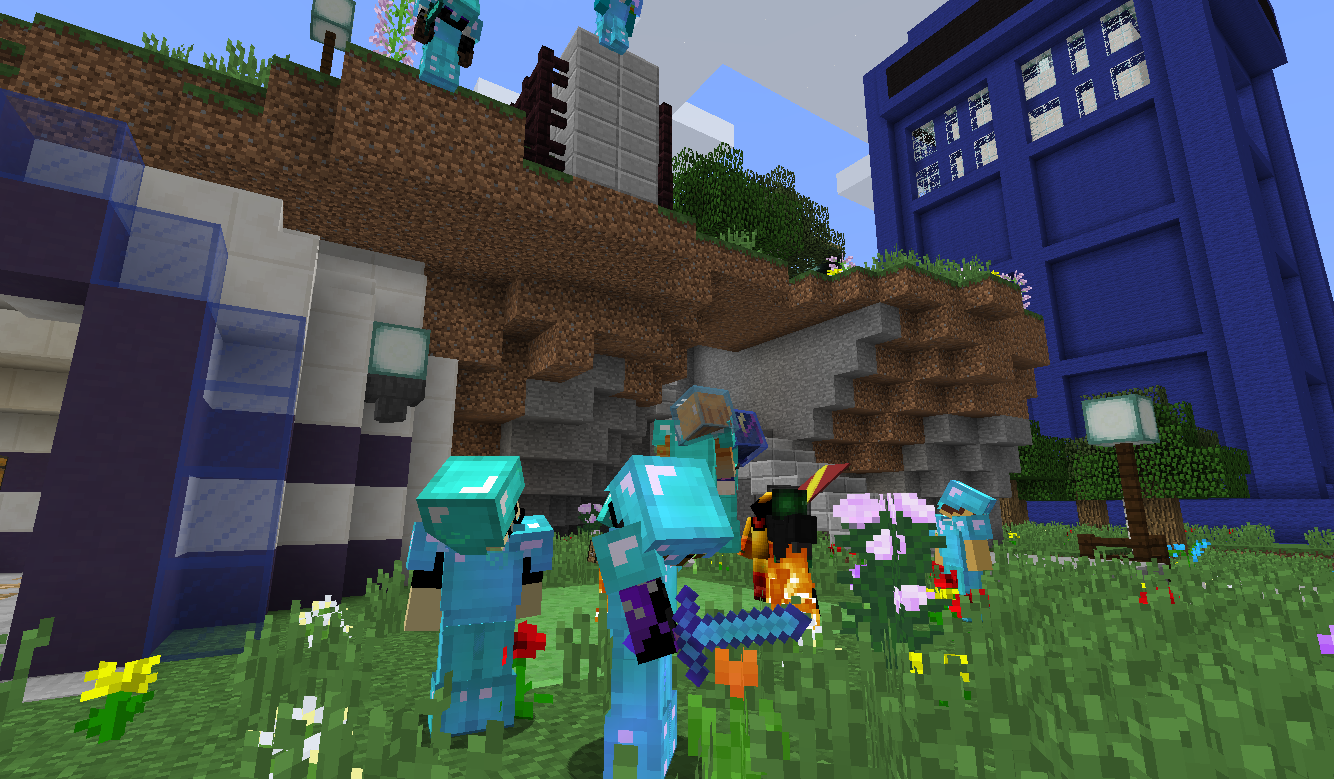
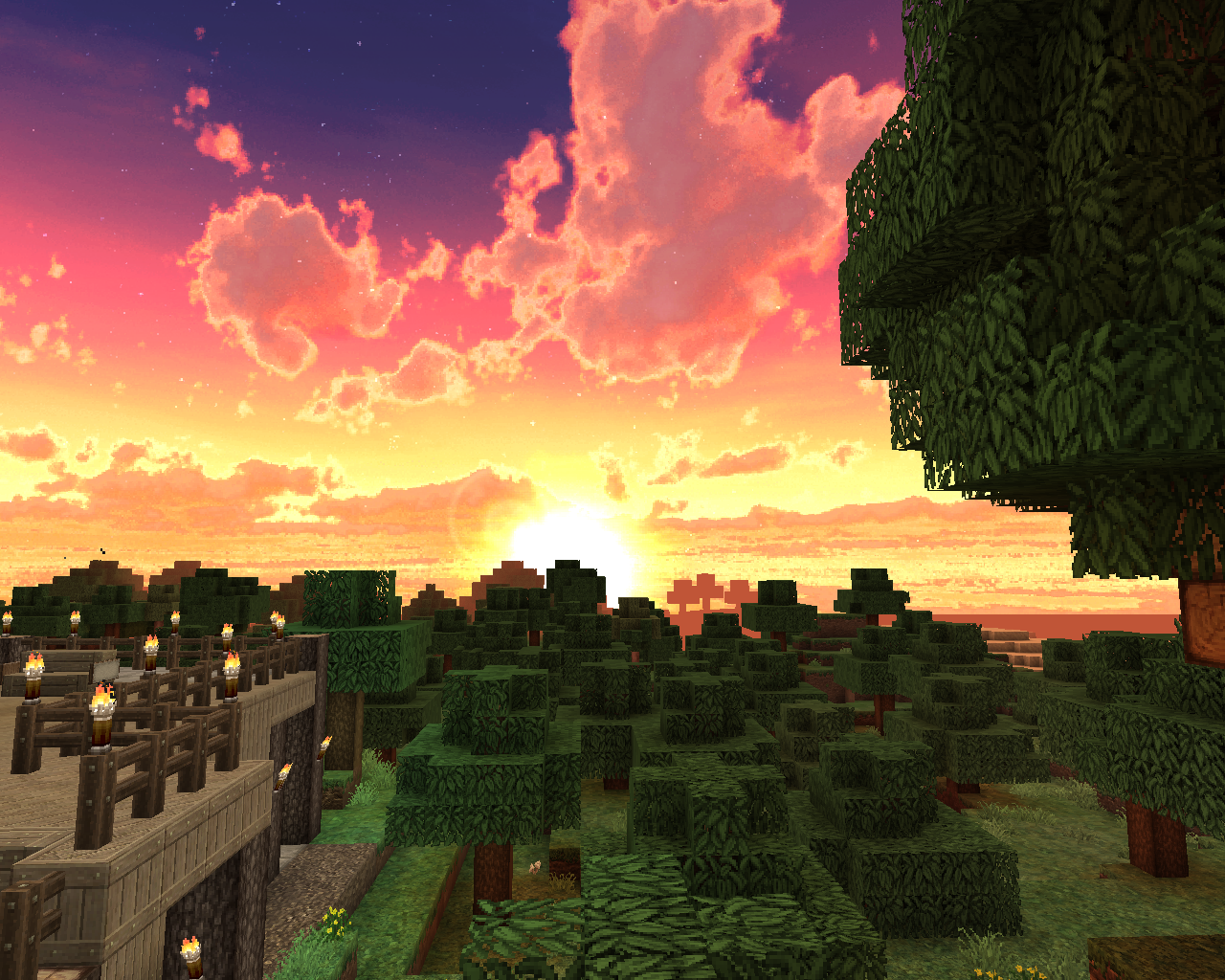

0 Comments
3 Pingbacks